Key Takeaways
- Dragons Wyrmlings are coveted allies due to their intelligence, power, and potential as mounts in D&D campaigns.
- Taming an Owlbear can be challenging due to their hostility towards humanoids, low intelligence, and brutal nature.
- A Faerie Dragon is a powerful magical creature that requires patience, treats, and a pact to be tamed in D&D campaigns.
One of the most interesting mechanics in Dungeons & Dragons is Taming. Not many players of this TTRPG know that anyone can tame a wild beast, as long as some conditions are met. When fans think about Tamed Beasts, they almost immediately think about Rangers and Druids using Animal Handling or Speak To Animals.
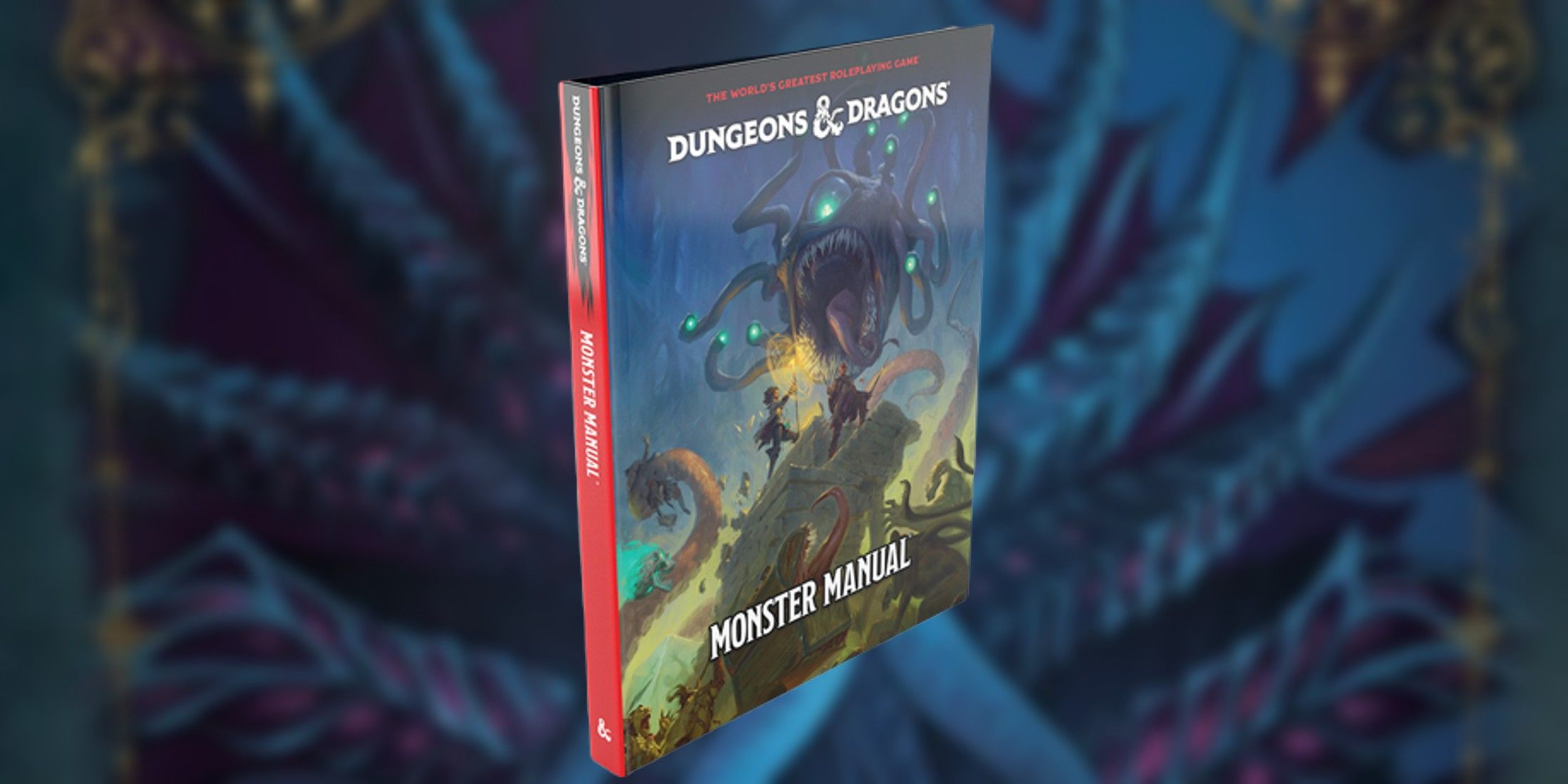
Related
Dungeons and Dragons: Why the New Monster Manual’s Take on Challenge Rating is Make-or-Break
Dungeons and Dragons 2024’s final core rulebook remaster, the Monster Manual, has to get one crucial aspect of the game just right to succeed.
But what about the Best Beasts to Tame? This list will cover the best Pets to tame and train throughout a Dungeons & Dragons campaign, and, as long as the Dungeon Master allows it, they can become powerful allies to accomplish players’ objectives, or even become mounts for them to ride on.
10 Dragon Wyrmlings
Cute When Young, Deadly When Full Grown
- Type: Dragon (Small)
- Alignment: Chaotic Evil/Evil (Chromatic) – Lawful Good/Neutral (Metallic)
- Taming Difficulty: High (DC 15-20+)
- Strong Points: Smart, Grows into Large Creature (potential Mounts), Powerful, Breath Weapon, Multiattack, Blindsight, Darkvision, Elemental Immunities, Good Trackers, Good Fighters, Can Learn To Speak Languages
- Weak Points: Could resist taming, Dragons are prideful and intelligent creatures, so they will not follow any master just because
Dragon Wyrmlings are the most notorious and coveted pets in D&D. They’re smart, ferocious, and could become powerful allies. Dragons Wyrmlings grow quite fast into Young Dragons (1 to 6 years) depending on how long it has been since they hatched and if they have enough to eat, but to reach the later stages of their life they take hundreds of years.

Related
Baldur’s Gate 3 is the Perfect Blueprint for a D&D: Dark Alliance Successor
Now that Dungeons and Dragons: Dark Alliance’s poor reception has been overshadowed by Baldur’s Gate 3, another attempt at the concept is warranted.
Once they reach the Young stage, Dragons become Large Creatures and can be Mounted. But there’s a catch: Chromatic Dragons are most of the time Evil, and they will not recognize a master who is not aligned with them unless there’s a powerful motive for that. Depending on how players use their skills, they could theoretically tame one of these beasts.
9 Owlbear
A Massive Killing Machine
- Type: Monstrosity (Large)
- Alignment: Unaligned
- Taming Difficulty: (DC 15-20+)
- Strong Points: Large Creature (potential Mounts), Powerful, Leap Attack, Multiattack, Good Ranger Partners, Good Tanks, Excellent Tracker and Spotter
- Weak Points: Brutal, Eats A Lot, Cannot Be Stabled, Hostile To Most Humanoids, Low Intelligence
The dream of every Ranger and Druid is an Owlbear partner. They’re strong, versatile, and ideal for tracking down prey in forests and wild environments in general. They’re also surprisingly good in battle once they are tamed. But, there lies the problem: taming an Owlbear is not easy, since these monstrosities are not fond of humanoids and will attack them on sight.
To add an extra layer of difficulty, the Owlbear has a low intelligence score (3) and this is a powerful barrier to make Druids and Rangers reach an understanding with such a creature, even if they have Speak with Animals cast on them. Imagine Paladins trying to tame this creature to make it their mount. That’s a recipe for disaster, but, depending on the goodwill of the DM, and if there is an important background or lore reason for it, then the party could have a great ally that mixes all the good qualities of bears and owls.
8 Blink Dog
A Loyal Companion For The Righteous
- Type: Fey Creature (Small)
- Alignment: Lawful Good
- Taming Difficulty: Medium (DC 10-15+)
- Strong Points: Loyal, Smart, Good Hearted, Will Protect His Master Until His Last Breath, Understands Sylvan and has its own Language, can Teleport at will (even carrying objects/equipment) and attack at the same time, Proficient Tracker and Spotter
- Weak Points: Low Constitution (12) and Armor Class (13), too easy to lose it in battle
The Blink Dog is one of the many creatures of the Feywild that people from the Realms managed to take back with them. Mostly mages, though, since these Hunting Dogs are the preferred pets of High-Ranking Faë Nobility. Loyal to the core, Blink Dogs form perpetual bonds with their masters, especially those of Lawful Good alignment.
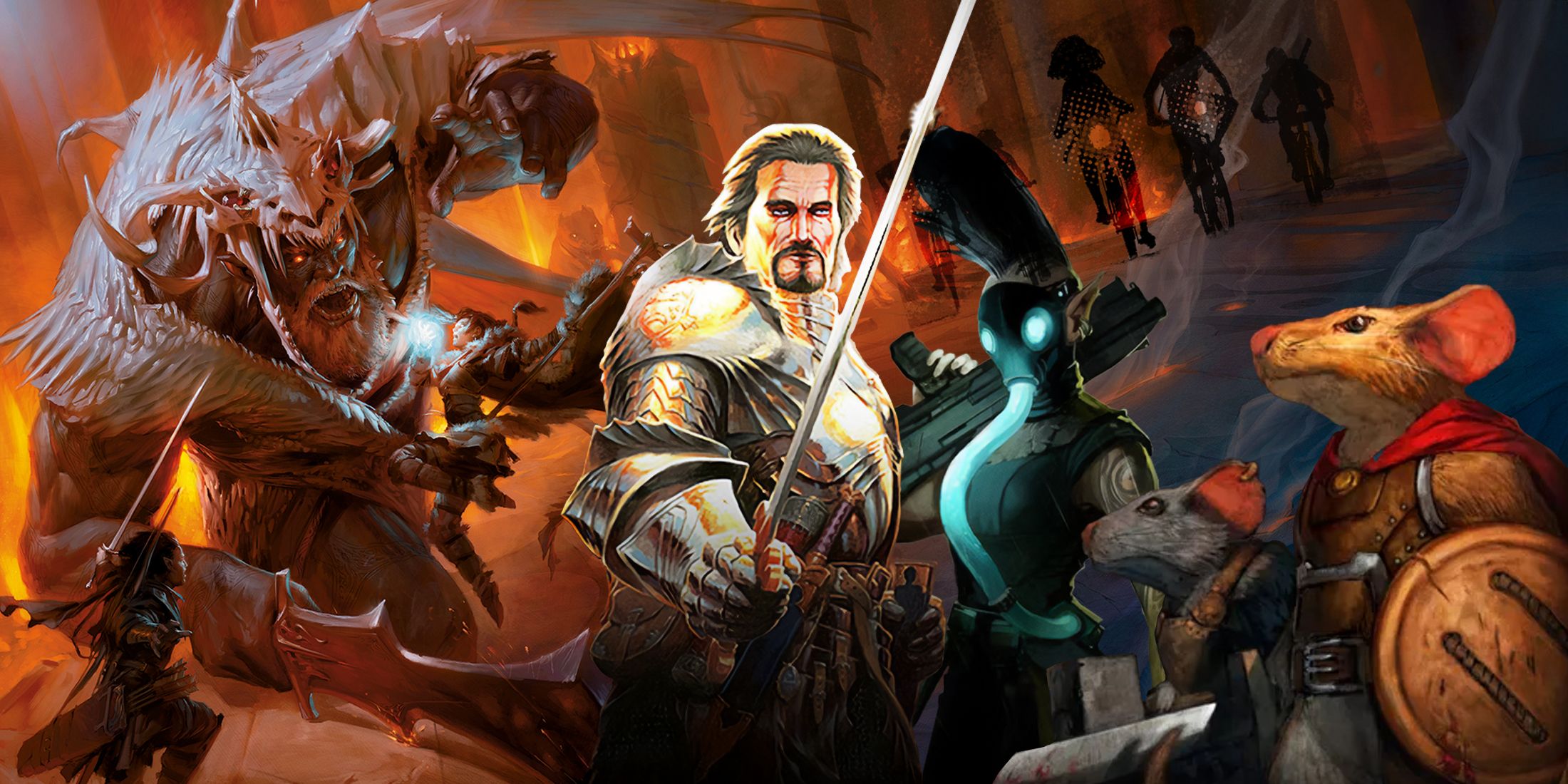
Related
Tabletop Games To Play If You Like Dungeons & Dragons
Dungeons and Dragons may be the most famous tabletop RPG, but these other games will also keep fans happy.
Paladins, Rangers, Clerics, Warlocks of the Archfey, and other naturally Good-Alligned (or Lawful Neutral) characters might find a great adventure partner in a Blink Dog. The problem is, how to keep it alive for long enough to make it worth the trouble of finding and taming one. That’s a tale for another day, but needless to say, the combat capabilities, especially in the support aspect of this creature, are top-notch.
7 Displacer Beast
A Deadly Underdark Predator
- Type: Monstrosity (Large)
- Alignment: Lawful Evil
- Taming Difficulty: Extreme (DC 20-25+)
- Strong Points: Ferocious, Agile, Strong, Can Climb Walls, Extreme Detection Abilities, Teleports (only out of combat), understands Common (if taught), Loyal to its master (especially Drows), Ideal Pack Hunters, Intrinsic Illusion Abilities, Multiattack
- Weak Points: Whimsical, Extreme Distrust For Strangers, Highly perceptive of humanoid emotions – Will attack anything that even thinks of threatening its master, Hard to control when enraged
The Displacer Beast is one of the most popular pets to have in any Underdark setting since these Predators are the preferred companions of the inhabitants of Menzoberrazam, particularly Drow nobility. Displacer Beasts also inhabit most Swamps, Deep Forests, and even Mountain Ranges. Powerful and fast, these feline-like creatures prefer hunting in groups and will treat their partners with extreme care, as if they were members of the same pack. The Displacer beast can cloak itself to prevent being hit and also takes half damage on every hit with a failed saving throw, or no damage at all if it passes the save.
It is said that a Displacer Beast will eat its master’s corpse if it has been dead for more than one day (even if the body is treated by Preservation Magic to be resurrected later). The bad thing is that this same loyalty makes it distrustful of others, and a Displacer Beast in the wrong place at the wrong time can jeopardize the party’s play. Since this is a Lawful Evil creature, it will only obey Masters of similar alignments (unless a Chaotic Evil Master mistreats it). This beast is moderately intelligent and will learn Common slowly but steadily until it can comprehend it perfectly.
6 Fox
Underestimate This Creature, And It Will Make You Suffer
- Type: Beast (Tiny – Small)
- Alignment: Unaligned
- Taming Difficulty: Easy (DC 5-10)
- Strong Points: Easy To tame and train, Stealthy, Good Infiltrator, Fast, Best Partner for urban settings, can climb, can swim, can jump, can burrow itself, good at acrobatics, can be taught lots of tricks and diversion tactics, some species can Grow into mounts depending on the setting of the campaign (Giant Fox from the Feywild)
- Weak Points: Weak, squishy, not fit for combat
Greatly underestimated by a lot of players and DMs, the humble Fox is a force to be reckoned with, if trained properly. Foxes are cunning, agile, and despite their low intelligence, they can be tamed and trained. What’s more, Bards and Druids (with a little bit of help from a good DM) can Awaken this little creature to make them excellent companions, smart enough to fully comprehend languages and even speak one tongue of their choice.
The spell can last up to 30 days and needs to be recast. But, a wise DM could grant a Permanency spell to the party if they find a willing spellcaster who wants to help them create the perfect animal companion. Once this is done, the Fox will be even more cunning and useful for non-combat tactics. Exploration and infiltration are the Fox’s strongest points, but an Awakened Fox can steal keys, send messages, trick people to make them fall from a guard post, kidnap certain targets (yes, remember there are evil-aligned players), activate mechanisms, and deploy certain traps. The possibilities are near endless, if players are wise enough to see the Fox’s potential, they won’t regret having it as a pet.
5 Griffon
The Dream Mount Of Every Paladin
- Type: Monstrosity (Large)
- Alignment: Unaligned
- Taming Difficulty: High (DC 18-20)
- Strong Points: Flies, Serves as A Mount, Loyal, Perfect at hunting, and spotting, good in Open, Space Combat, Multiattack, Extreme Perception
- Weak Points: Hard to tame, hard to train, and hard to gain its trust, the Griffon is a Proud predator, and as such, chooses its partner with extreme prejudice. Cannot fight in enclosed spaces for long
The Griffon is nature’s most proficient predator, equipped with the ferocity of a Lion, the keen senses and wings of an Eagle, all perfectly combined into a huge beast. This creature is the dream of all Paladins who want to ride them to battle, but Warriors and Mages covet this pet too. Rangers are not so inclined to tame these beasts, but it isn’t unheard of.
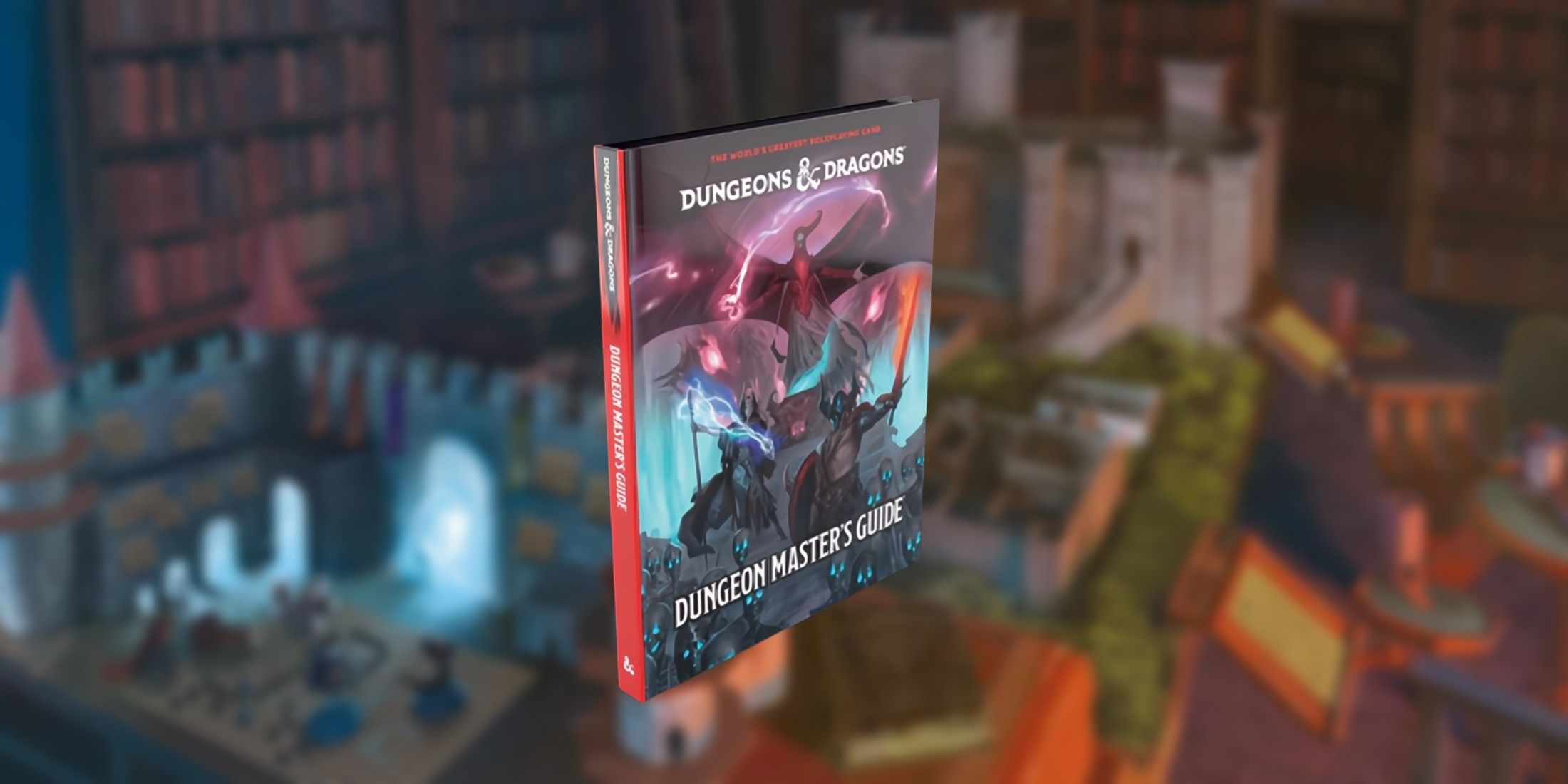
Related
Dungeons and Dragons Dungeon Master’s Guide Wish List
D&D 2024’s Player’s Handbook has sold like hotcakes, but the revised Dungeon Master’s Guide will be the true test for this rule update.
Griffons are also used by proficient spellcasters as summoned guard beasts, especially by those who keep their lairs in High Towers. Since Griffons are perfect for aerial combat and can transition to ground combat with extreme speed, they are the ideal partners of adventurers who enjoy roaming the world. But, these creatures are not easy to find, as they prefer the solitude of mountains and deep forests. And even when found, taming one can prove to be quite a challenge even for the most experienced Animal Handler.
4 Flying Snake
Underrated, But Strong If Used Correctly
- Type: Beast (Tiny)
- Alignment: Unaligned
- Taming Difficulty: Easy (DC 5-10)
- Strong Points: Nimble, Fast, Flies, Great Support, Can Carry Messages, Can obey basic commands, Can Carry objects up to 3 pounds (Potions for example) and drop them in a designated area, can Bite and Inflict Deadly Poison, doesn’t provoke attacks of opportunity when disengaging, has Blindsight
- Weak Points: Squishy, a good targeted bow shot or lucky melee strike can kill it, not too many combat options besides biting and inflicting poison
A Flying Snake is a great asset for Assassins and Sorcerers (or any other Spellcaster) who want to have the ideal Pet to help them conduct their activities. Since this beast is not as hard to tame as others, it is used by most classes as a companion, if they know where to find one. Flying Snake eggs can be bought for a price of 1200 Gold pieces in the Black Market, and tend to hatch in between 5 to 10 days.
They don’t recognize their master at first, and will attack anything that approaches them, but, with patience and dedication (and some good Animal Handling rolls) players can get a flying poison/potion delivery system for the price of three Acid Spray scrolls. Not a bad bargain!
3 Raven
Ideal For Tricksters And Rogues
- Type: Beast (Tiny)
- Alignment: Unaligned
- Taming Difficulty: Easy (DC 5-10)
- Strong Points: Fast, Flies, Good Infiltrator, Can Be used for surveillance (Spellcasters), can be both Familiar and tamed beast, can be trained in pickpocketing (Hilarious), can be taught simple words, and will drive enemies nuts, really hard to target and hit
- Weak Points: One arrow (or bolt) and the fun is over, they’re tricky and can steal the wrong object at the wrong time and bring it to their masters, or provoke the wrong NPCs
The good and honest Raven has always been one of the preferred choices of Mages, Sorcerers, Witches, and Warlocks, but also Rogues, Rangers, and even Inquisitors can greatly benefit from having them as their animal bond. Funnily enough, Ravens are smart (despite their low intelligence attribute) and can mimic simple sounds.
It’s not unheard of to see empires toppled by a scheming Rogue with an Awakened Raven as a pet, and even some crafty ones training them to steal precious jewelry and getting loaded real fast. It doesn’t have too many combat capabilities, but it is quite a useful beast to carry around in an Urban setting. More so with political intrigue in the mix: players never know when a Raven is going to steal a useful piece of information from unaware nobles.
2 Guard Drake
A Loyal Draconic Best Friend
- Type: Dragon (Medium)
- Alignment: Unaligned
- Taming Difficulty: Moderate (15-18)
- Strong Points: Tanky, Can Understand Draconic (cannot speak), depending on the type, it can climb, swim, and even burrow, has Darkvision, has Multiattack, loyal, guard-dog like, can serve as Mount for Medium humanoids
- Weak Points: Extremely Hard To Find, Expensive, Black Market beast traffickers covet them (so do Nobles, and Beast Fight Ringmasters) which causes many problems for the players, they’re forbidden in many cities and towns, so they cannot be stabled with ease
The Guard Drake is, curiously, not a Dragon, but a subspecies of sorts. Bred as treasure keepers and fortress sentinels, the Guard Drakes prefer to be in the company of others of their kind, or their masters if they’re fond of them. They’re especially loyal to a caring master and will bite off the arms of those who mistreat them.
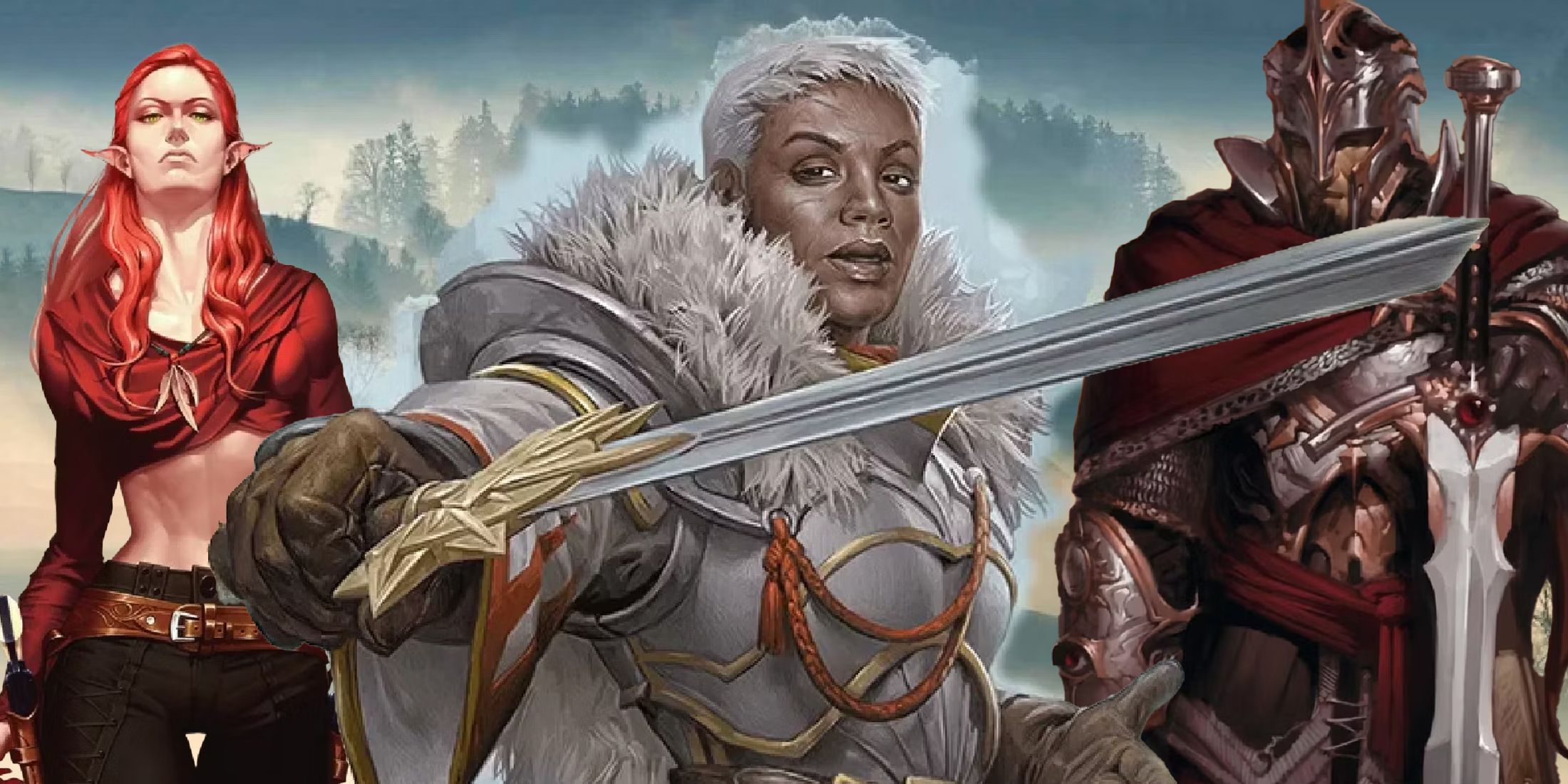
Related
Dungeons And Dragons: 20 Best Feats For Fighters To Take
These feats are guaranteed to bring the edge to any Fighter character in Dungeons & Dragons.
They’re quite versatile in combat thanks to their powerful Tail Sweeps. They’re also good as mounts for Dwarven Warriors/Paladins, or Halfling Sorcerers/Rangers. Dungeon Masters that prefer to give these instead of War Horses to their players will avoid prolonged sessions if players need to go through difficult terrain since Guard Drakes can also Climb, Swim, and even Burrow depending on their sub-variants. Awakened Guard Drakes are among the most powerful Ranger/Druid companions players can get, and a nightmare for unprepared Masters.
1 Faerie Dragon
An Extremely Smart Creature, Loves Candy, Shinies, And Pranks
- Type: Dragon
- Alignment: Chaotic Good
- Taming Difficulty: Moderate (15-18) depending on the age of the creature, it can climb up to Extreme (25+)
- Strong Points: Extremely Intelligent, Fast, Powerful Magic User, Innate Magic that evolves with age (can even become small humanoids from age 50 and forward), can turn Invisible at will
- Weak Points: Whimsical, Pranksters, They enjoy good company but despise stubborn/stiff behaviors (Paladins beware) and above all else: cannot be forced to obey, need to be wooed into a sort of pact to be “tamed”
Faerie Dragons are the small tricksters of the draconic world. They are the size of a medium cat (like the Pseudodragons) and boast beautiful color patterns in their butterfly-like wings and scales. As a Faerie Dragon matures, their color pattern changes, from Red (younger) to Purple (older), and so do its magical capabilities, mostly associated with the Illusion school.
Faerie Dragons are often good-willed, though prone to childish pranks and mischief, and smart players always carry some sweet treats and shiny valuables with them, so these species prefer approaching those who willingly share their precious things with them. But don’t let their size and quirky demeanor fool you: these are powerful magical creatures that will pursue vengeance on those who offend them, so be careful. A player that manages to befriend a Faerie Dragon enough to earn his trust and company will be settled for life with a powerful ally spellcaster, which can evolve until becoming a force to be reckoned with. If the campaign lasts enough for this creature to survive the passing of time, that is.
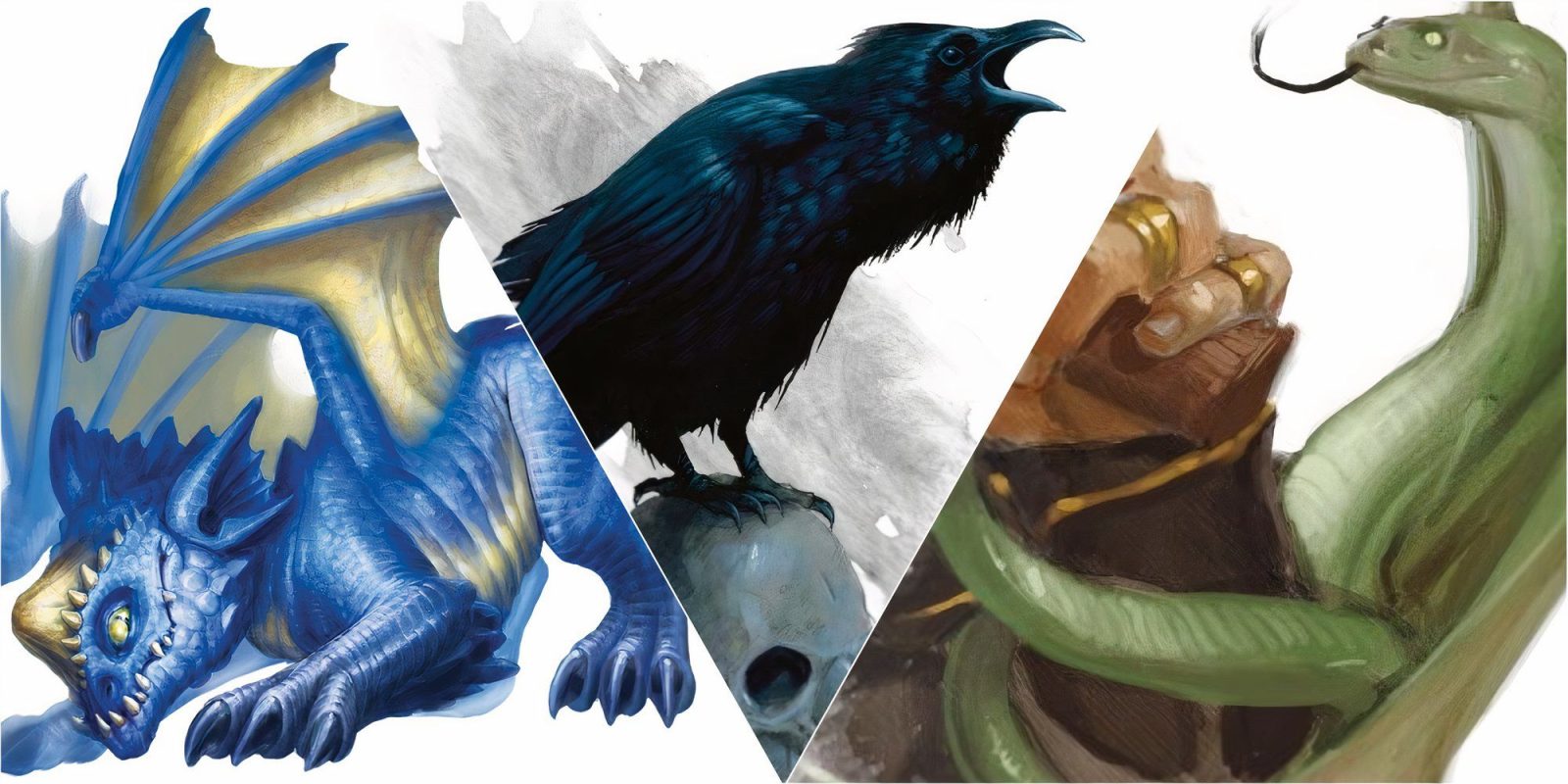
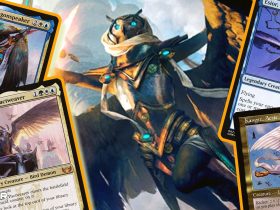
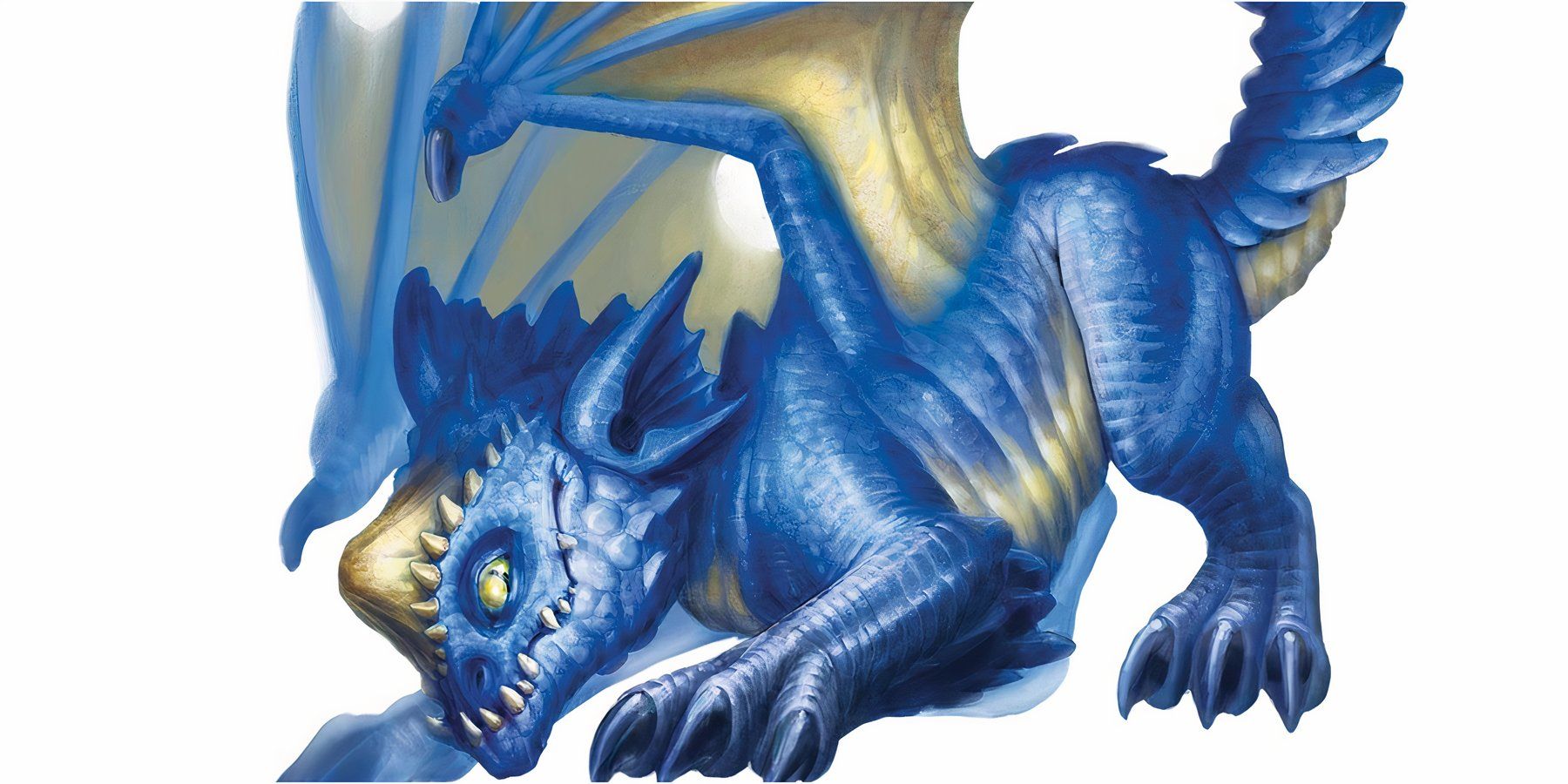
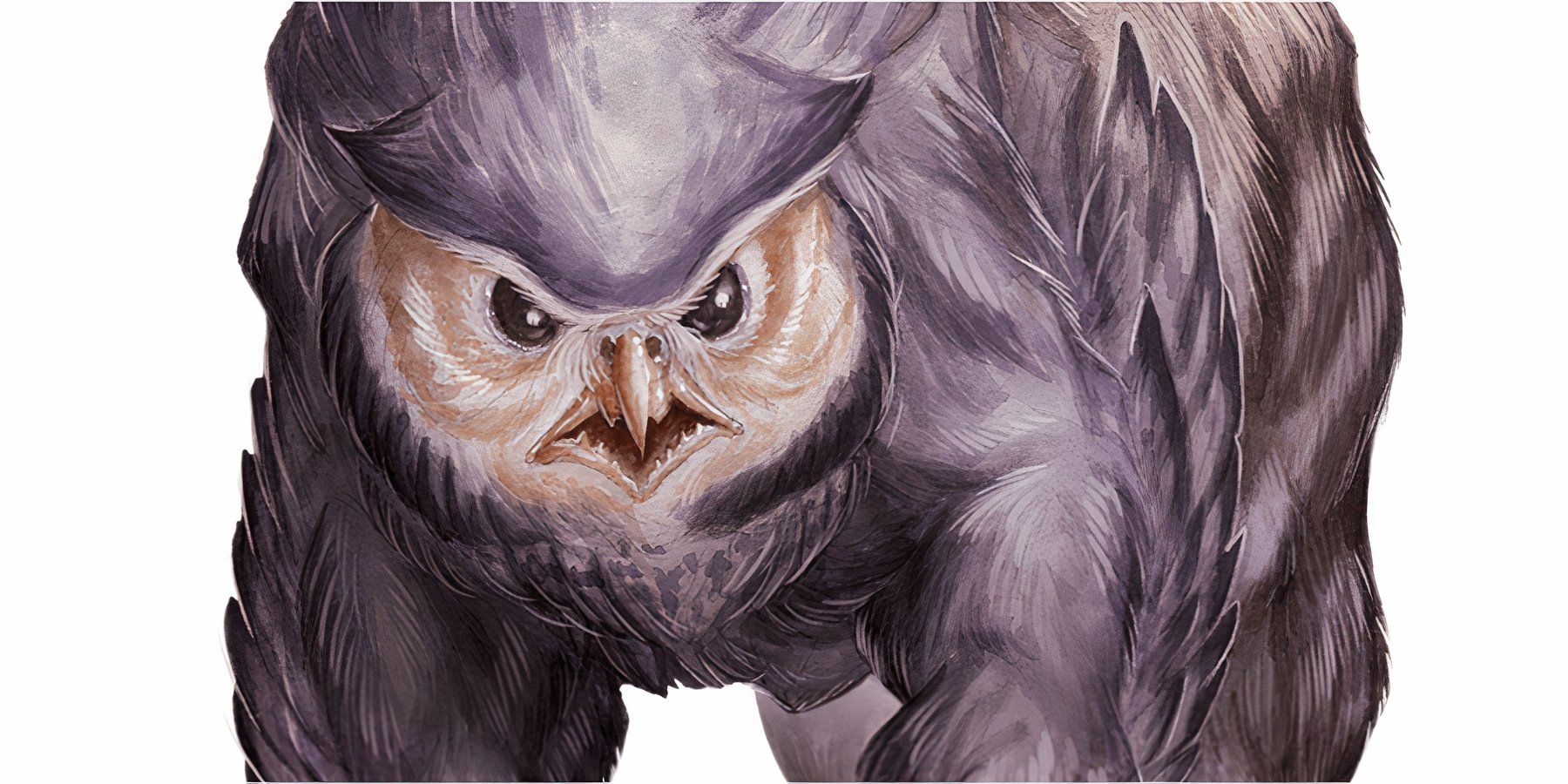
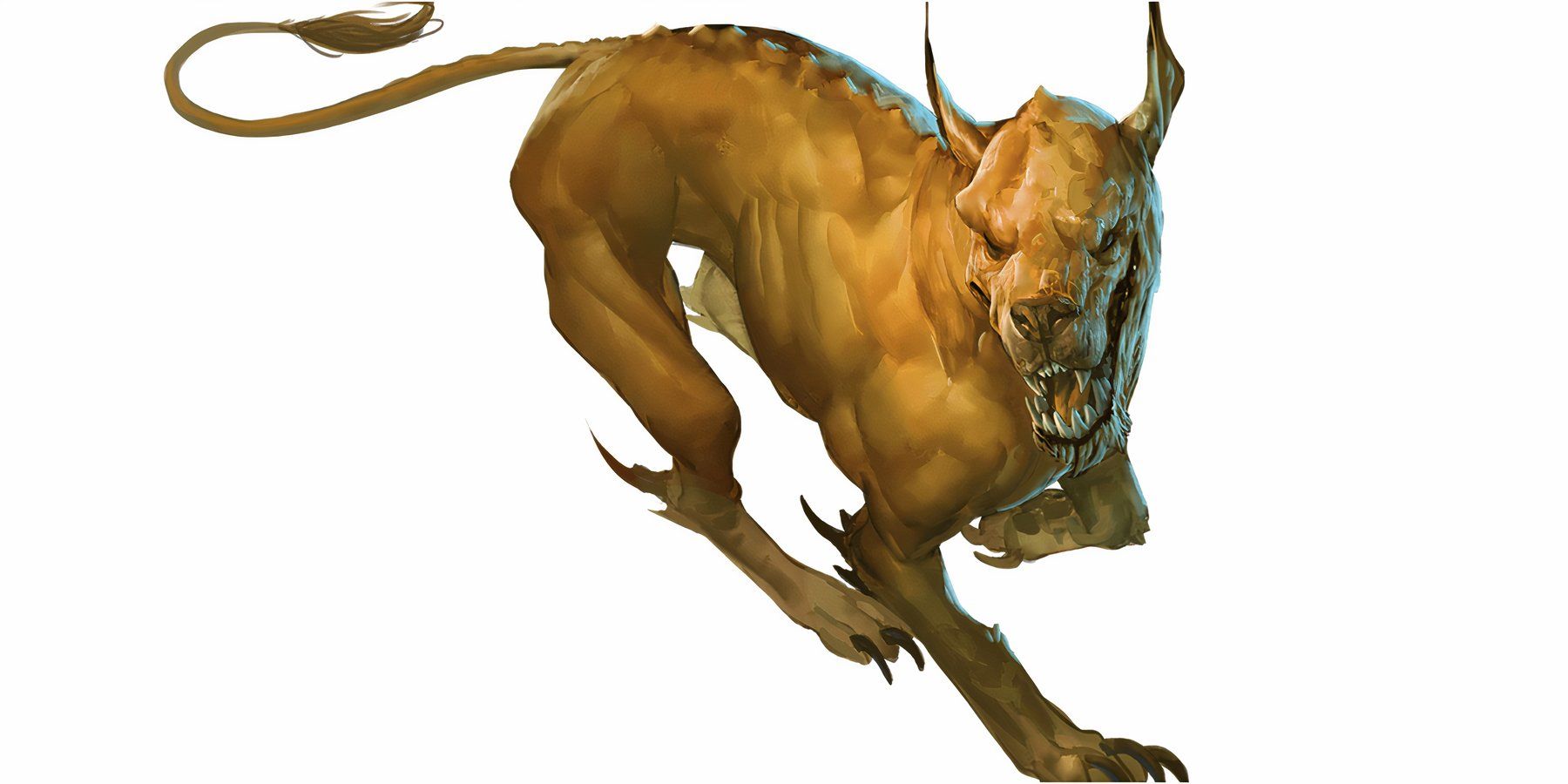

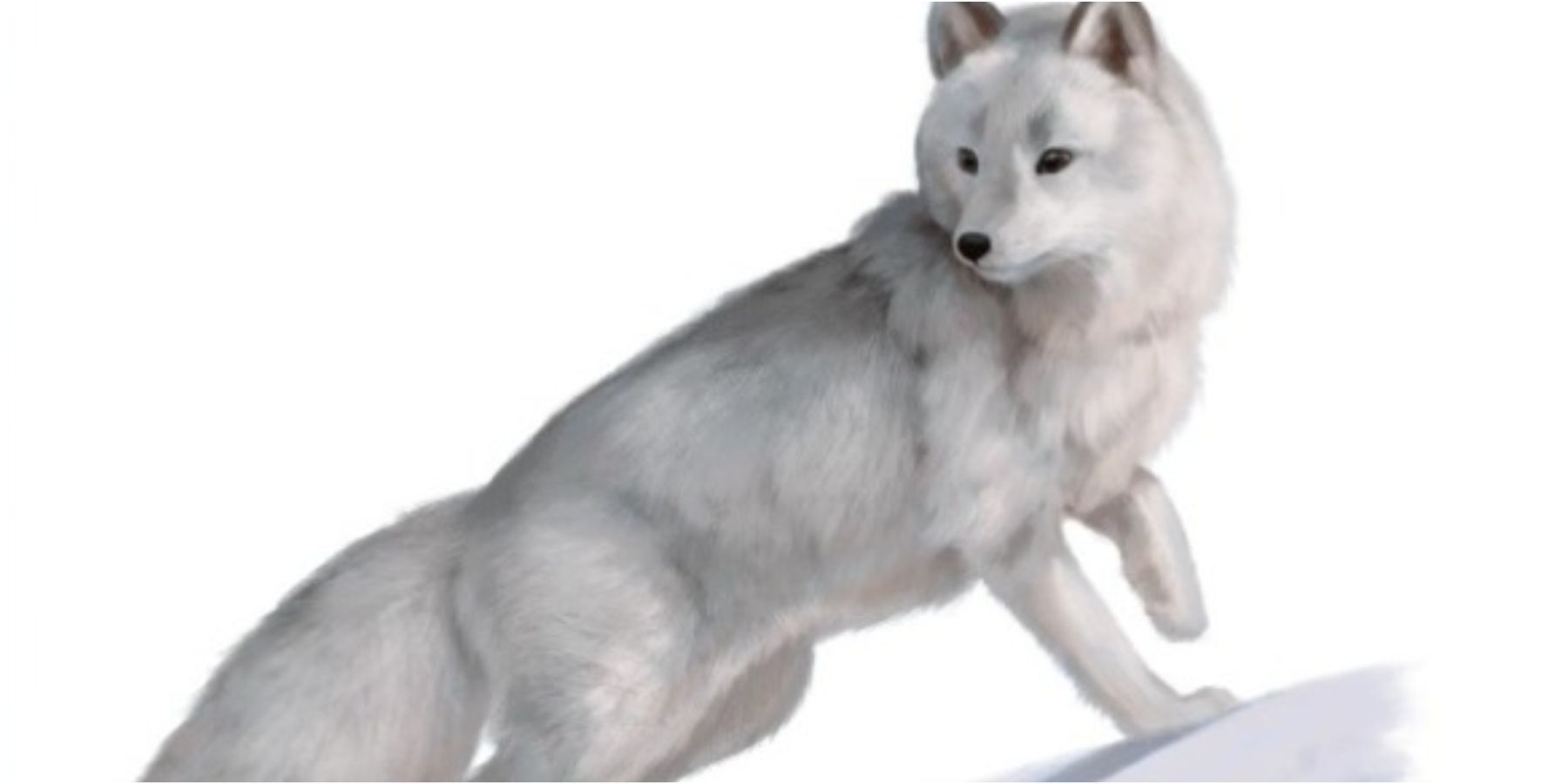
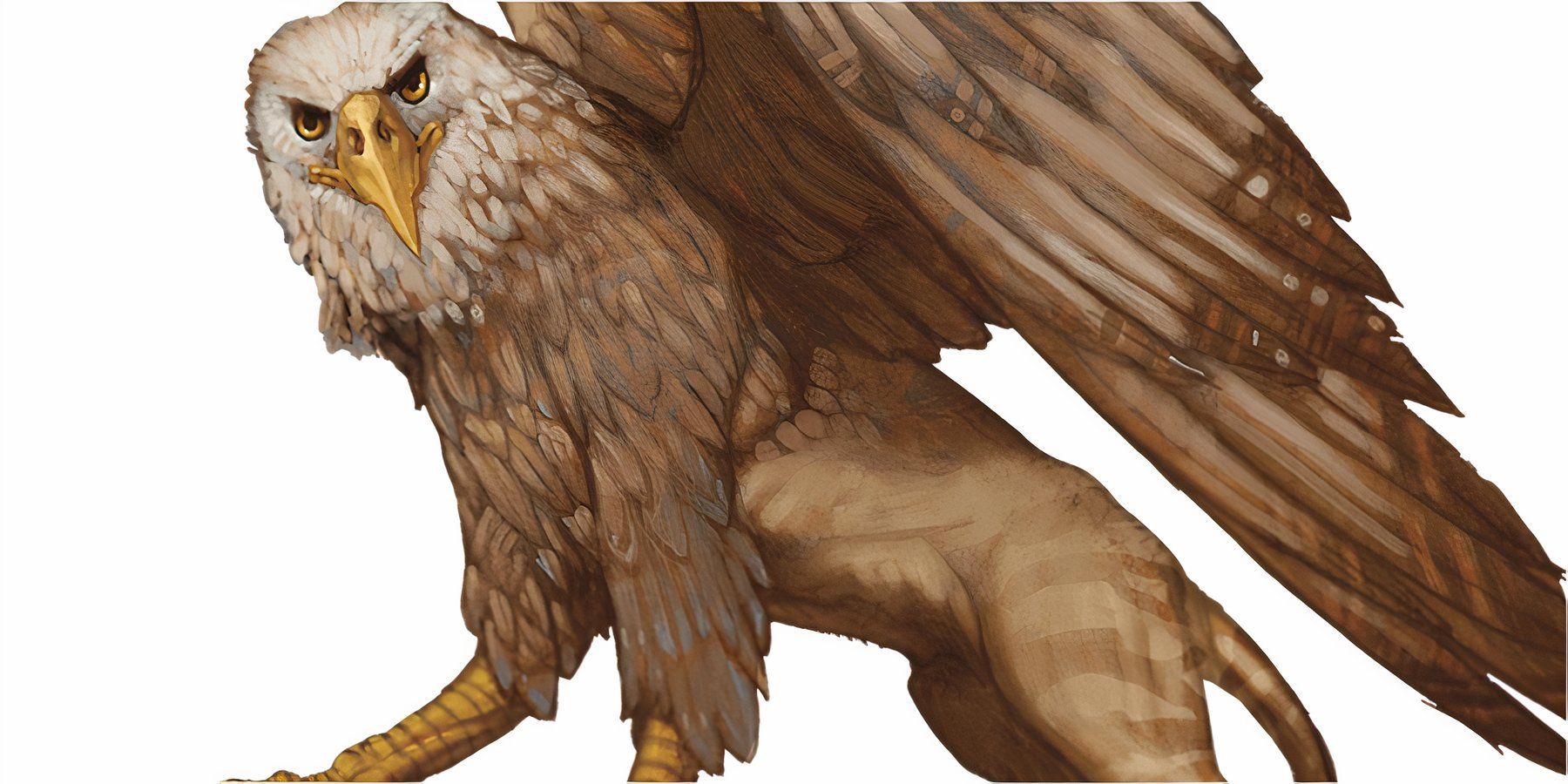
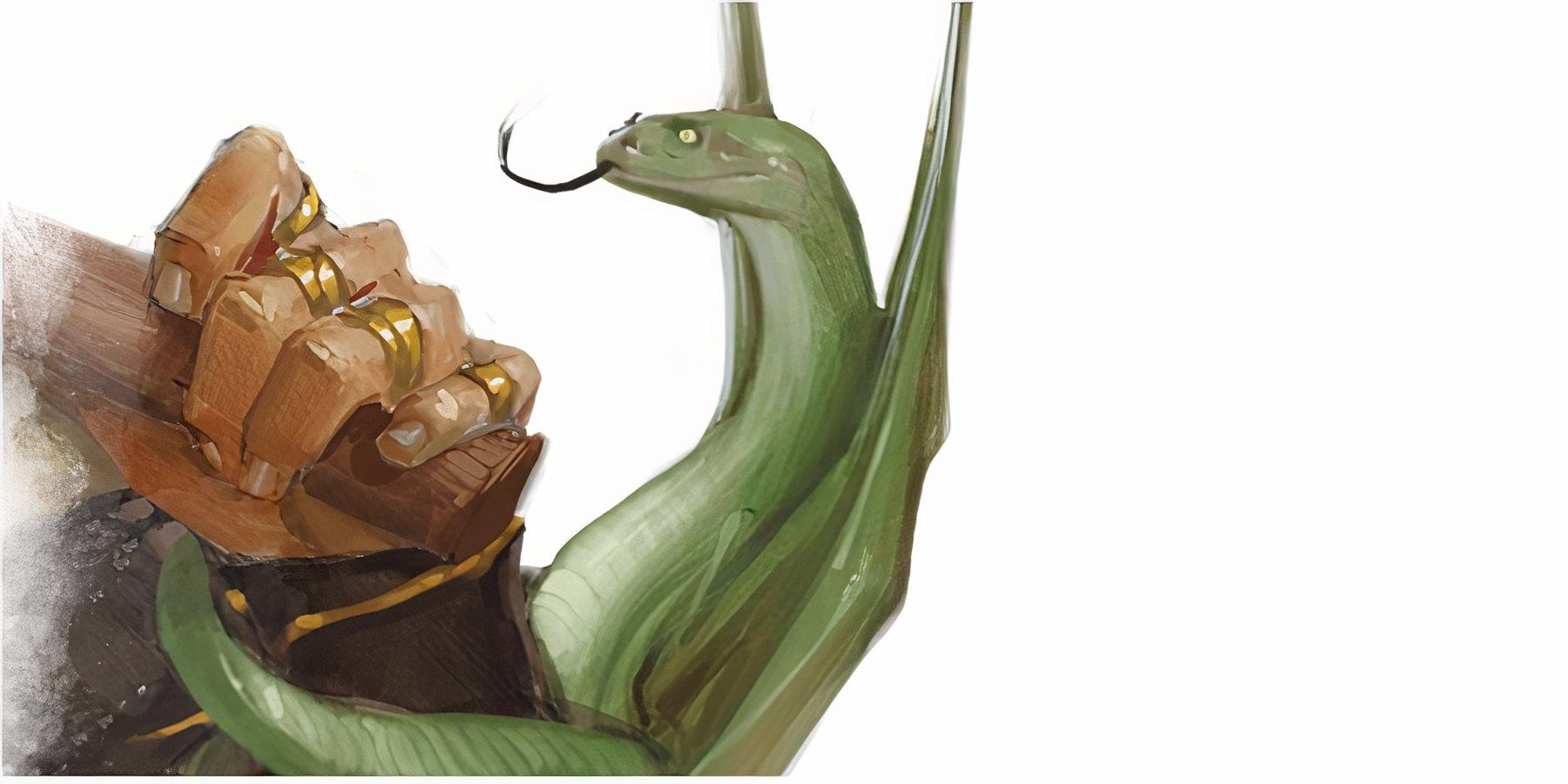
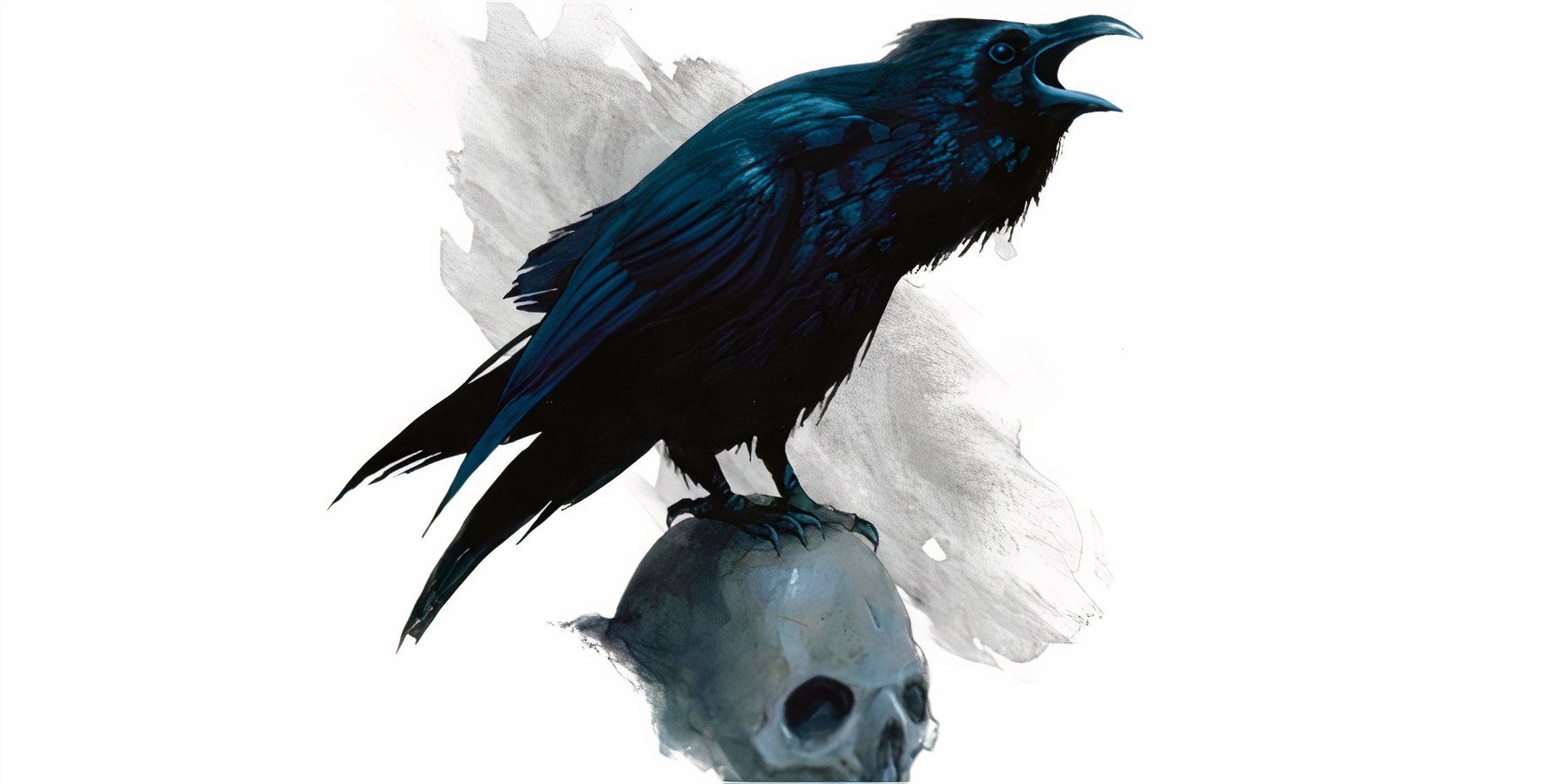
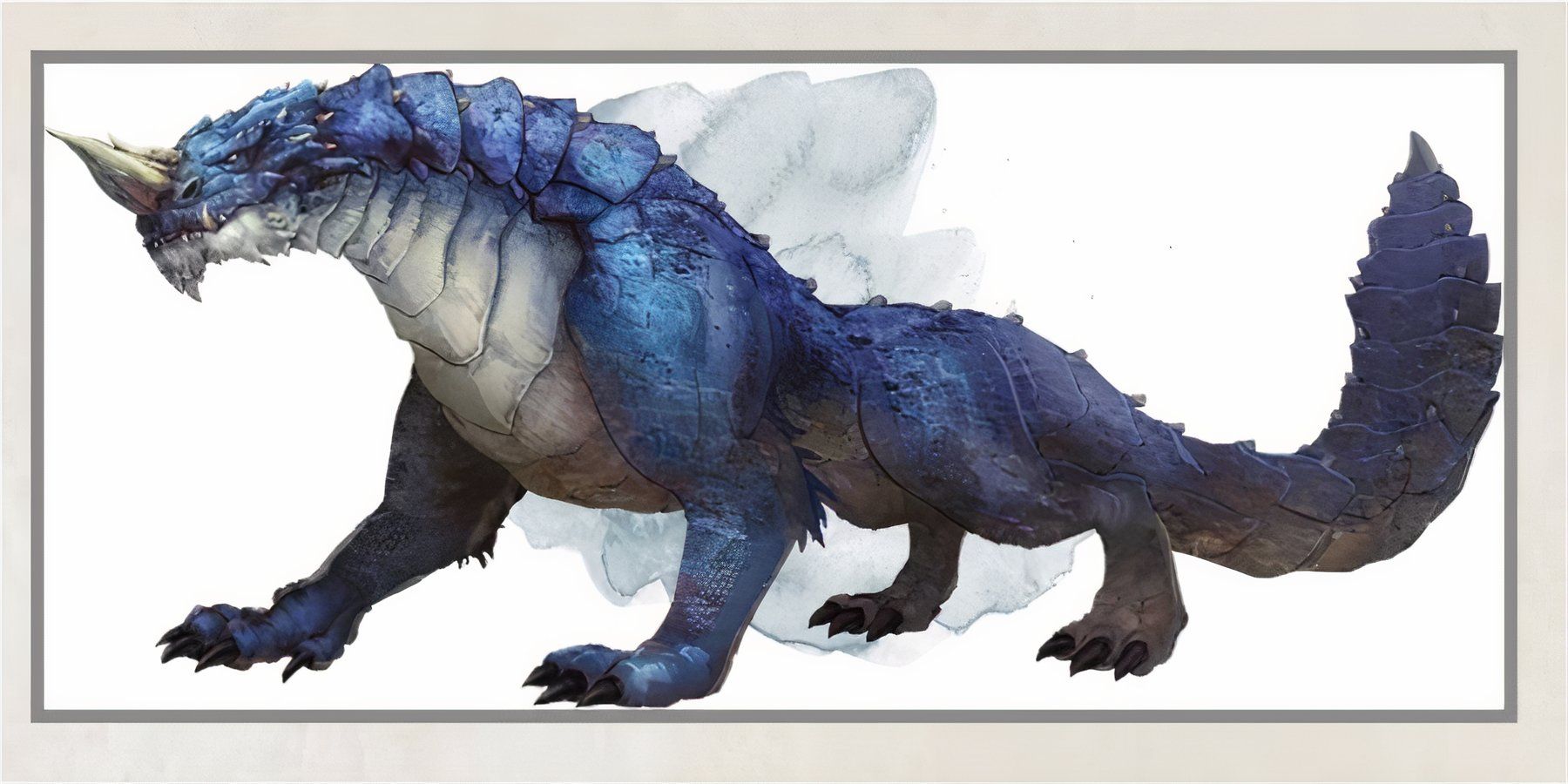
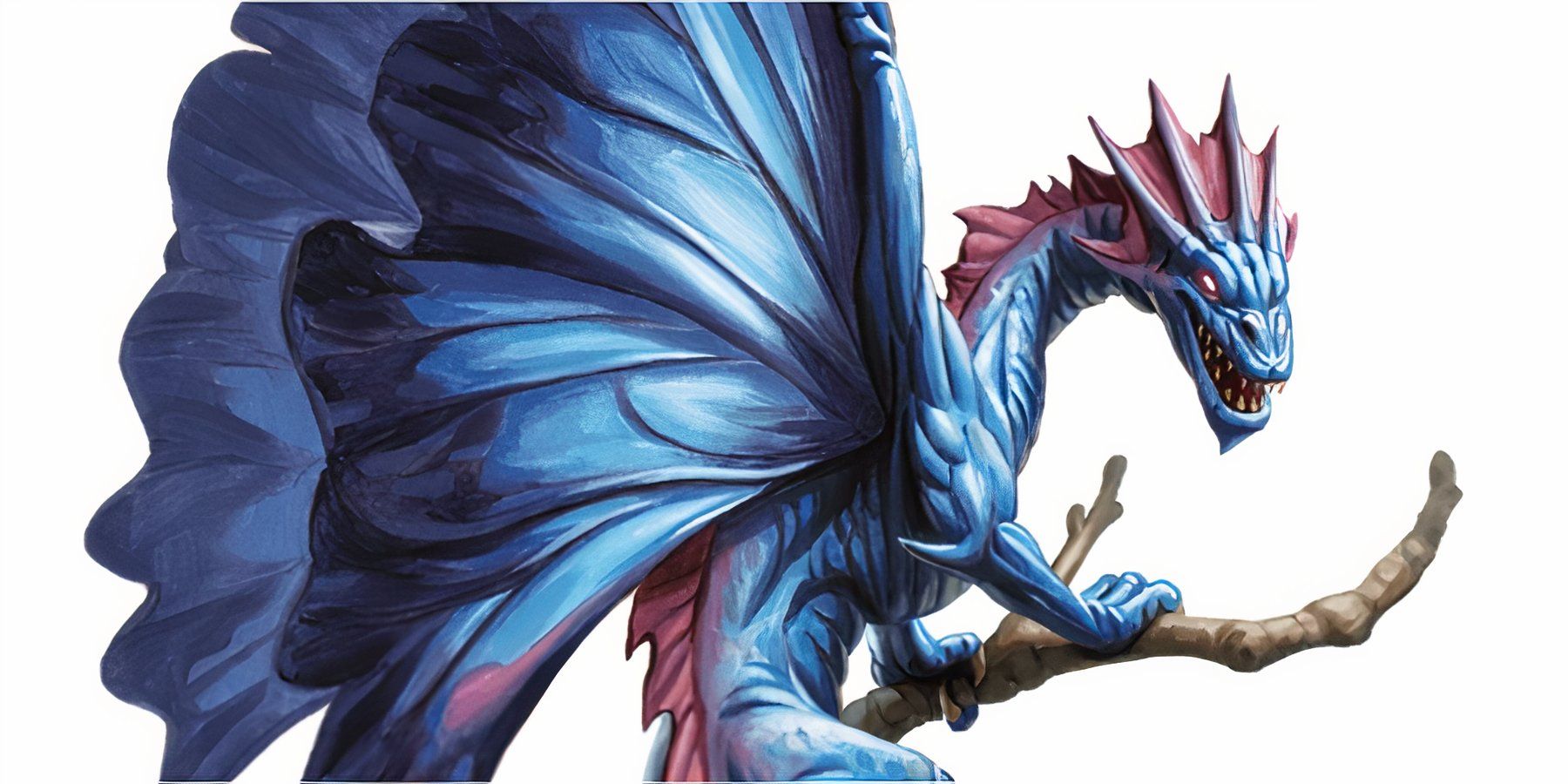
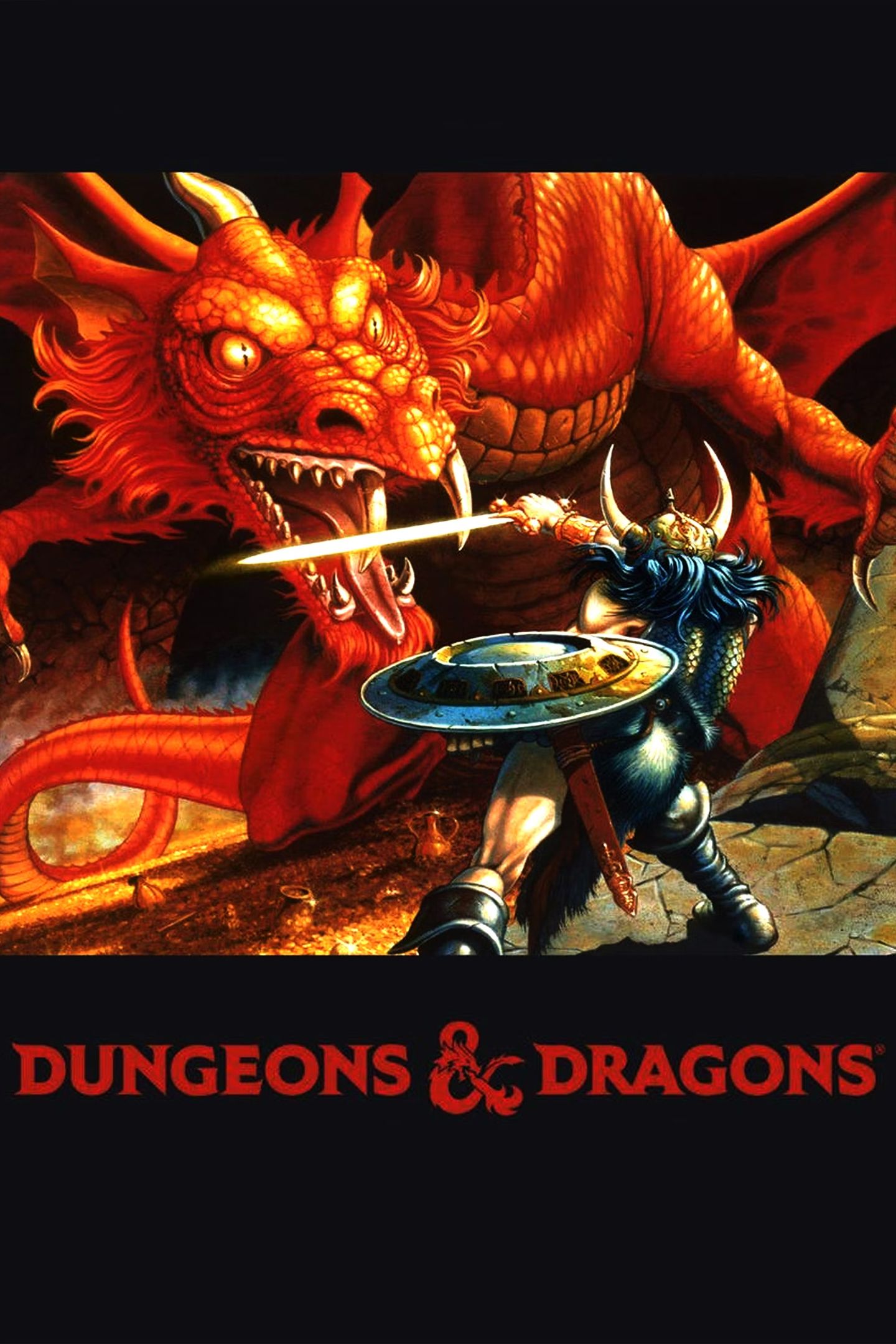

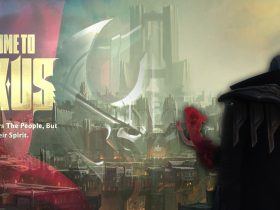


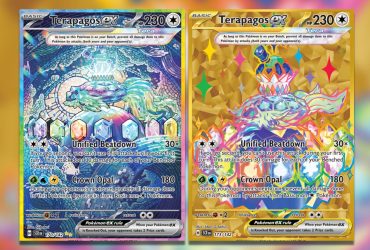
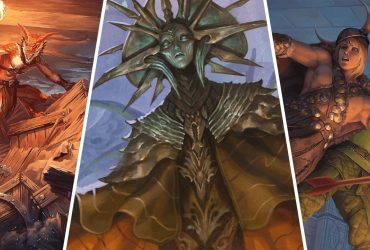

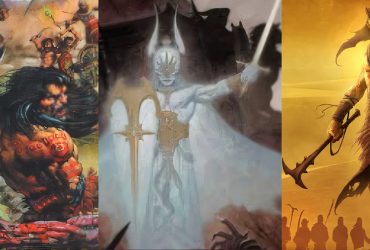
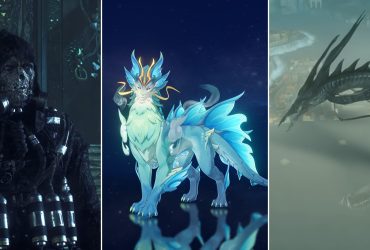
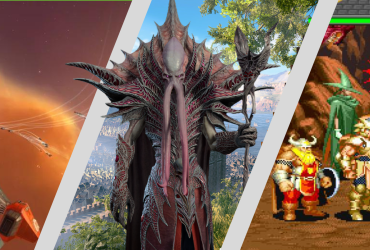
Leave a Reply